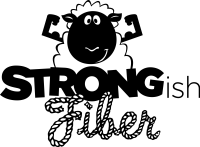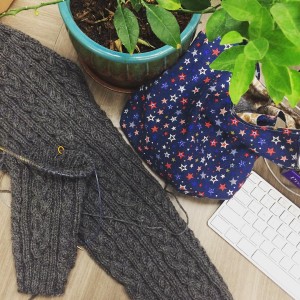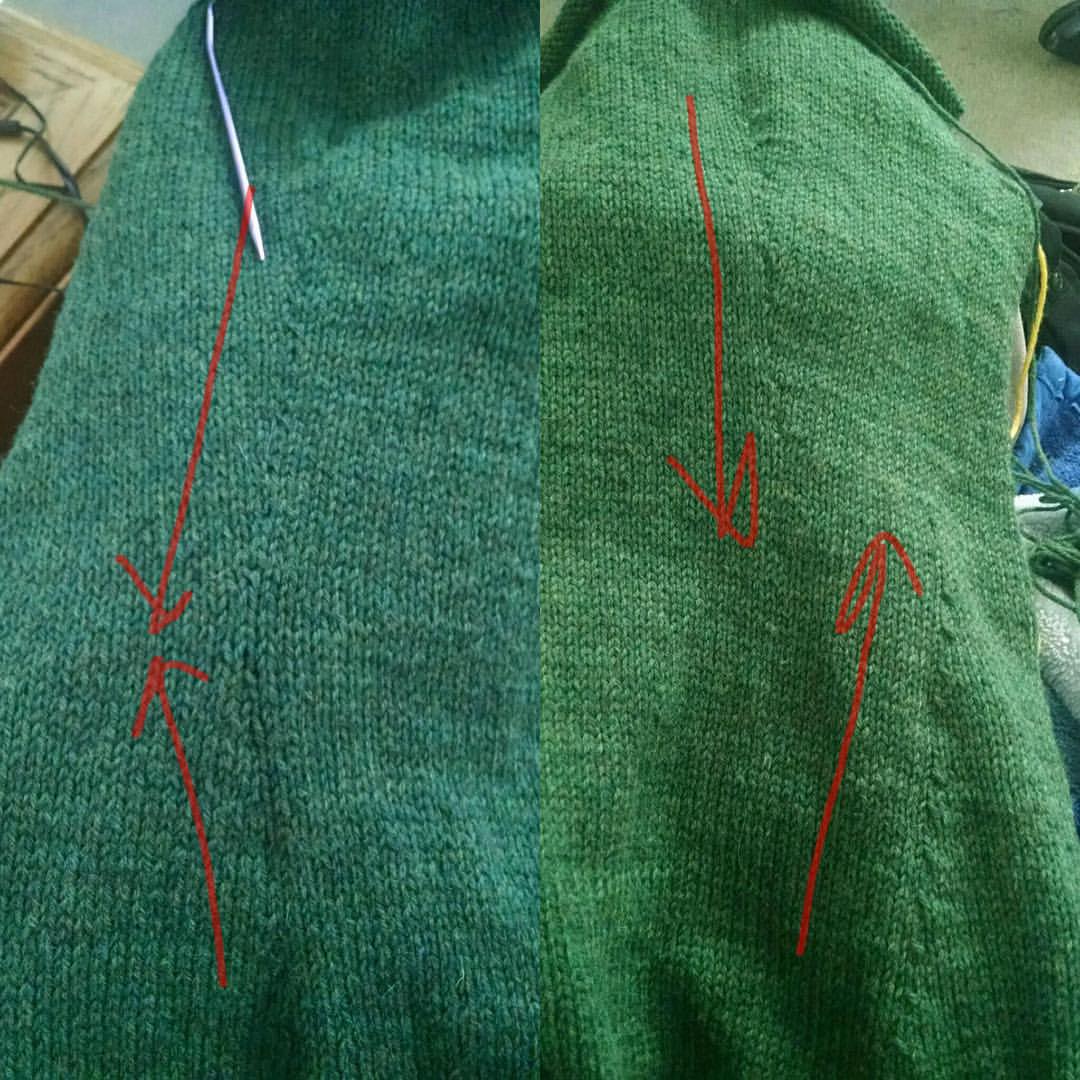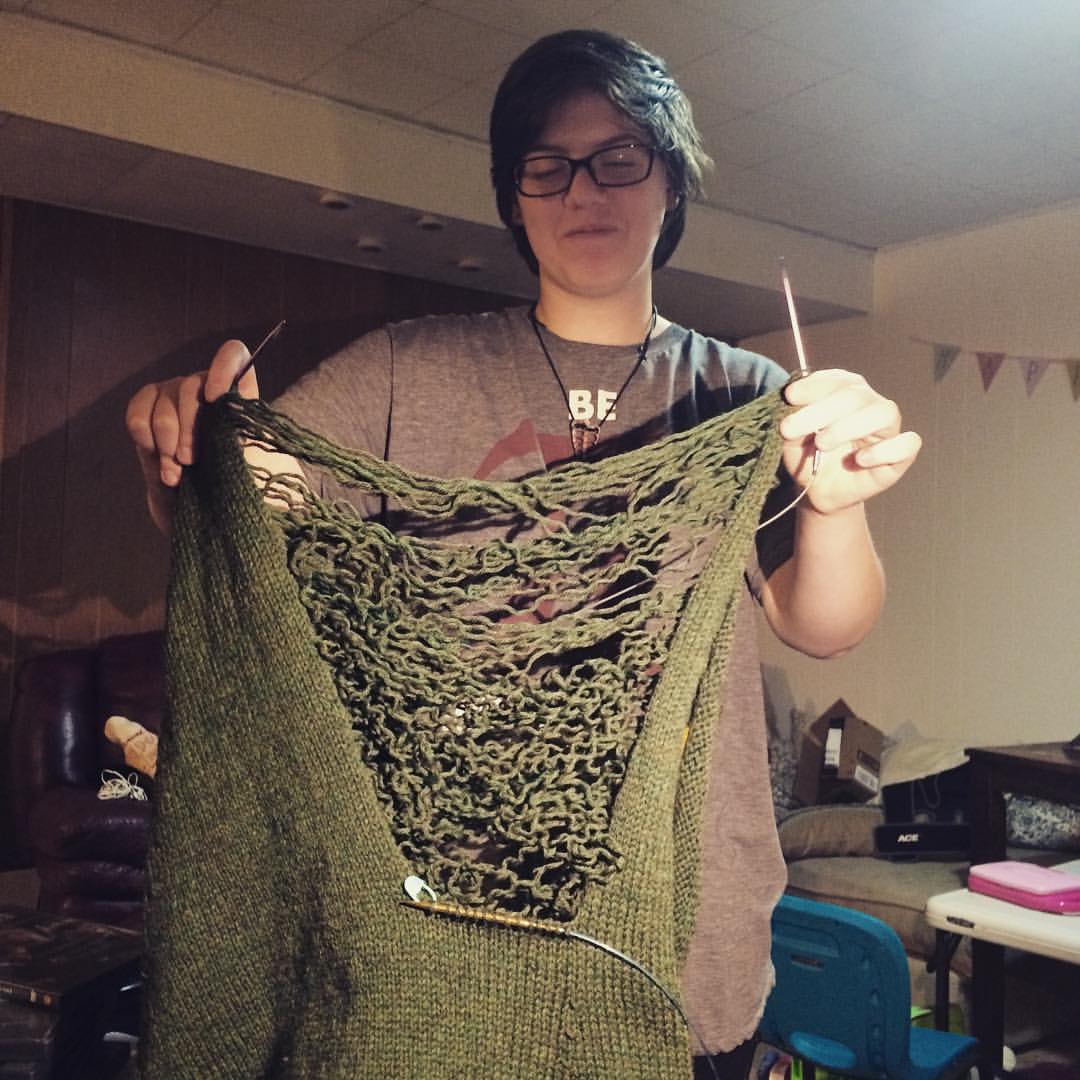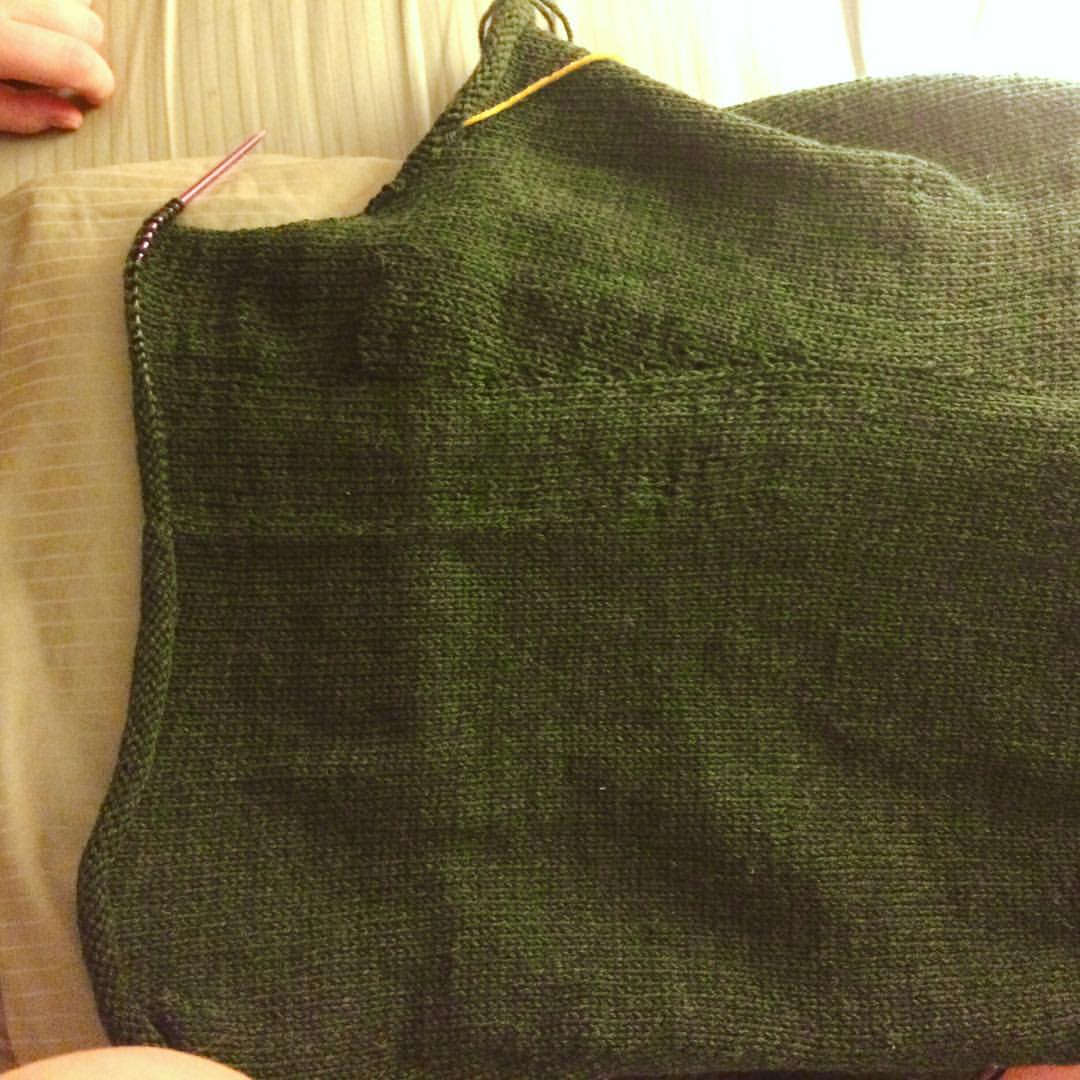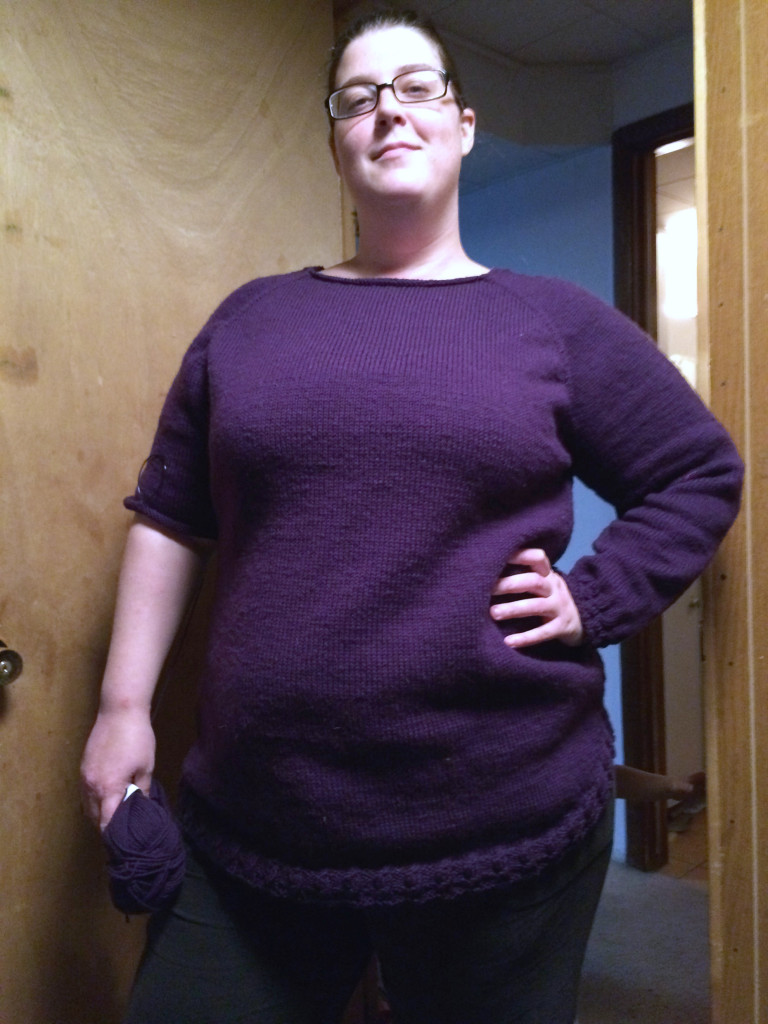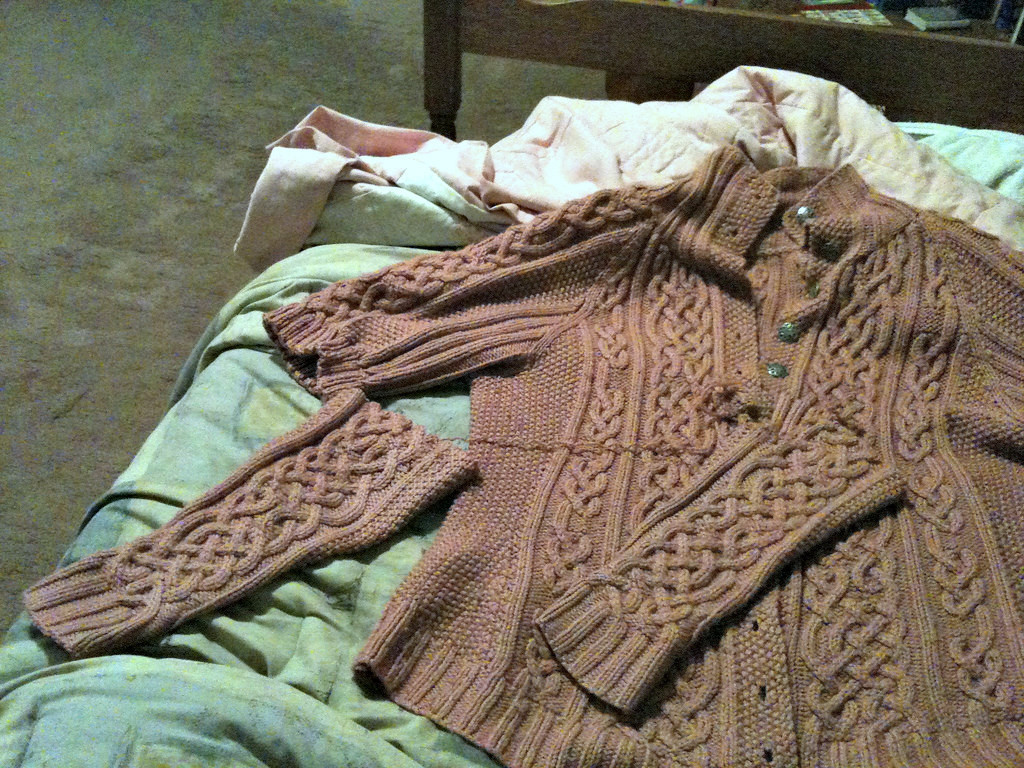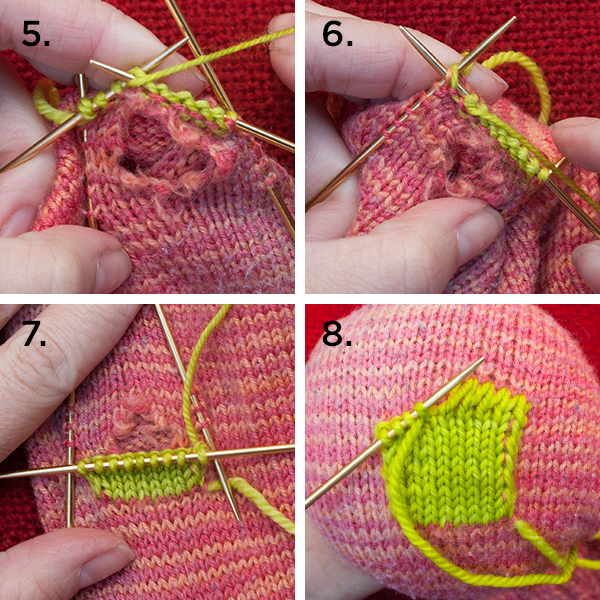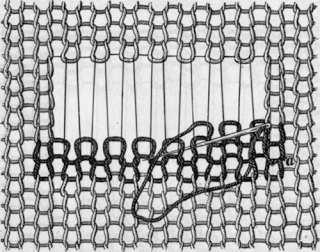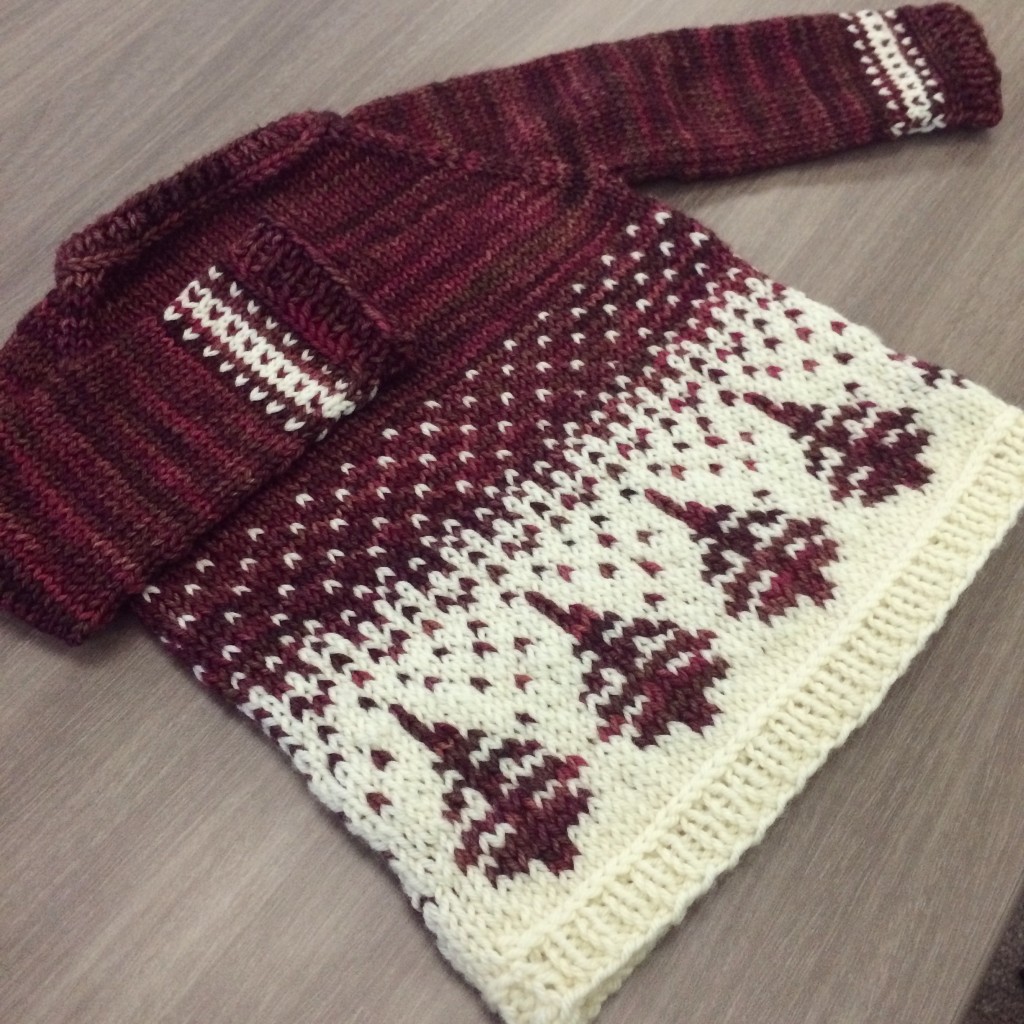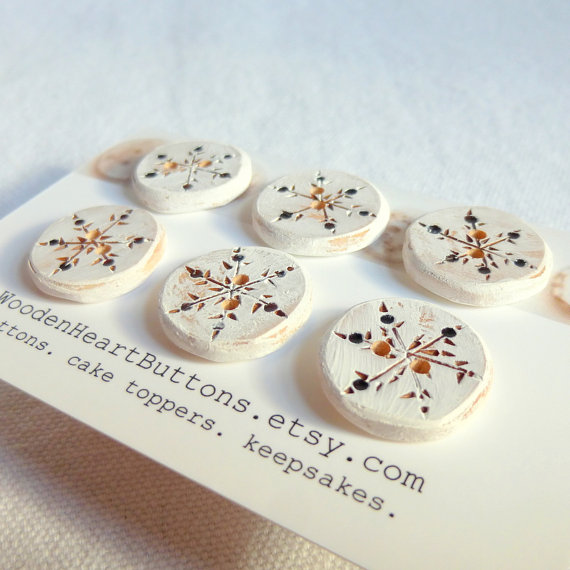The aran sweater for curvy girls connundrum
I’m working on an aran sweater for my husband, and I love everything about it. I love the cable pattern combinations, the classic lines, and the heathered grey yarn. I love the process of knitting it. I want it for my very own.
In comes the conundrum. The hedge fence pullover, like so many aran sweaters, is square. Last I checked, most female bodies aren’t square. Designers have tried to tackle this problem with their own patterns. Some do center cable designs with either stockinette or moss stitched sides. Others create inserts of lovely celtic triangular cables. Some use short rows, and some break up the cables with ribbing waists. I’ve even seen suggestions of using different needle sizes to create shaping without changing the stitch count.
I’m decidedly pear shaped. We’re talking three different sizes. I have 2x boobs, 1x waist, and 3x hips. There is no way on god’s green earth that something of square dimensions is going to look lovely on this body. after knitting myself two sweaters in the last few months, I’ve realized something truly important. I can’t get away with pushing my shaping to the side seams and still get a shape that drapes properly. In sewing, the piece is divided into three and the shaping is placed along those dividing lines. It makes a lovely three dimensional fabric that graces my curves without bunching.
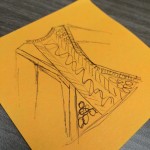 So, I’m designing something. I’ve scribbled out a few ideas, and I’m going to let them simmer while I enjoy this knitting process. No need to hurry a good thing, and when it comes to designing, the last thing you want to do is rush durable and lasting wearable art.
So, I’m designing something. I’ve scribbled out a few ideas, and I’m going to let them simmer while I enjoy this knitting process. No need to hurry a good thing, and when it comes to designing, the last thing you want to do is rush durable and lasting wearable art.
